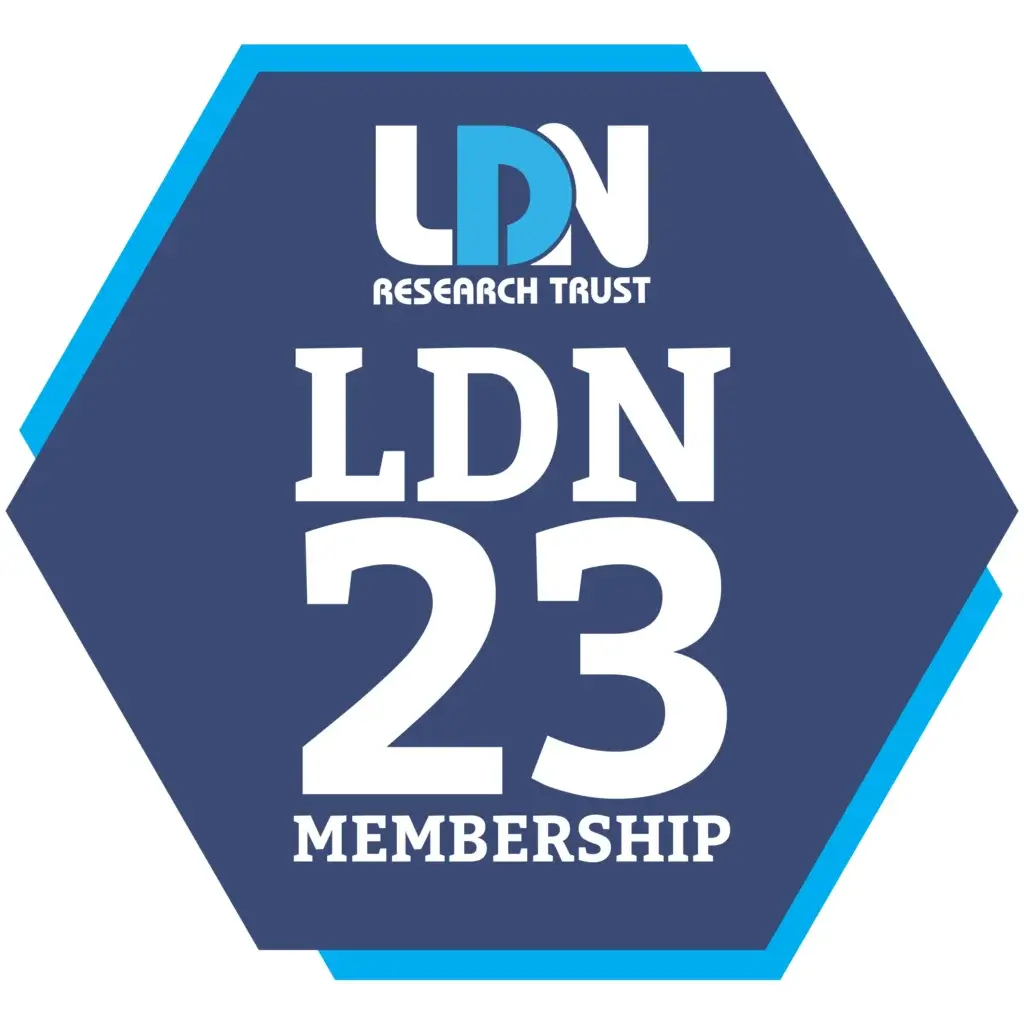Migraine headaches are defined by moderate to severe pain, intense pounding, typically on one side. Attacks are often preceded by psychological or visual disturbances (an aura), e.g. blurring or bright spots of vision, sensitivity to sound, and frequently nausea and vomiting.
![]()
Migraines are the third most prevalent illness in the world, according to the Migraine Research Foundation, and the first cause of disability in under 50 year-olds (age 15-49), according to The Journal of Headache and Pain. While boys are impacted by migraines more in childhood than girls, three times as many women as men suffer from migraine in adulthood. Eighty-five percent of chronic migraine sufferers are women, and roughly 1 in 4 women will experience migraine in their lives. While most sufferers experience attacks once or twice a month, more than 4 million people have chronic daily migraines with at least 15 migraine days per month.
How many days have you lost due to migraines? How many is too many? If you are among more than 90% of sufferers unable to work or function normally during their migraines, then its time to remedy this situation.
Conventional medicine’s answer to migraine treatment is the use of prescription medications (including:NSAIDs, beta blockers, tricyclics [amitriptyline, ergotamine derivatives and selective-serotonin receptor agonists, e.g. as sumatriptan]). But you know—-if you follow me, that this is no way to treat any condition long-term, including migraines. Prescription medications are simply bandaids, with side effects, and will not solve the migraine issue. Don’t get me wrong, in the acute phase these medications are often needed and helpful, but ideally on a chronic basis we want to find more natural and safe treatments.
![]()
Surprisingly, medicine still doesn’t know what causes migraines. It’s poorly understood, often undiagnosed and significantly underrated. Researchers believe that migraines are a neurological disorder, involving nerve pathways and brain chemicals, however, although I agree with the premise of this description, I have to question its total accuracy, since I have seen migraines triggered by many things, including emotions, food sensitivities and/or allergies, nutrient deficiencies, gluten, food additives and artificial sweeteners. I have also seen a correlation with migraines and certain pathogens in the gut, as well as hormonal imbalance and blood sugar dysregulation.
![]()
Additionally, although described by the medical community as a chronic condition, migraines are not always chronic. Sure, you may have many migraines over the course of a year, but they often resolve and you never have one again, thus why then would you consider it a chronic neurological condition? For this reason, the traditional treatment for migraines is ineffective. Furthermore, 25% of migraine sufferers would benefit from preventive care, yet only 12% receive it.
As a functional medicine specialist, I approach migraine treatment twofold:
1) My first priority is to help my patient alleviate the pain, as naturally as possible.
2) My second priority is to find the root cause, and eliminate the situation. Here are the most common root causes of migraine headaches:
- Micronutrient Deficiencies
- Environmental & Physiological Stressors
- Adrenal Fatigue & Mitochondrial Dysfunction
- Hormonal Imbalances
- Neurotransmitter Imbalances
- Blood Sugar Dysregulation
- Infections
Both of these treatment approaches are working for my clients, and therefore, I want to also help you figure out what might work for you. Not one treatment modality will be effective for everyone. That goes for almost every health condition, but especially in the condition of migraine headaches.
![]()
Please click the button below and let’s start helping you eliminate migraines once and for all!







